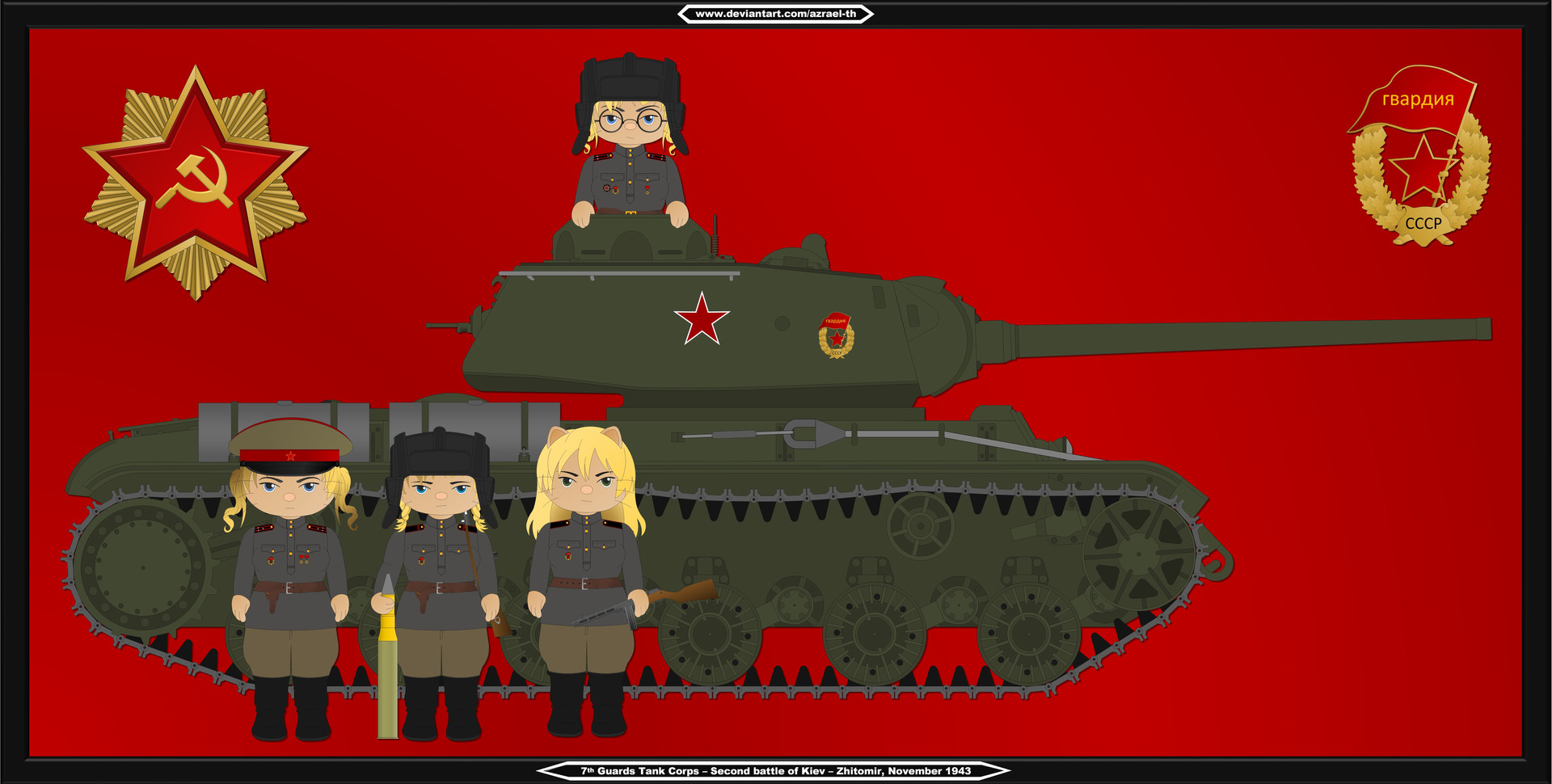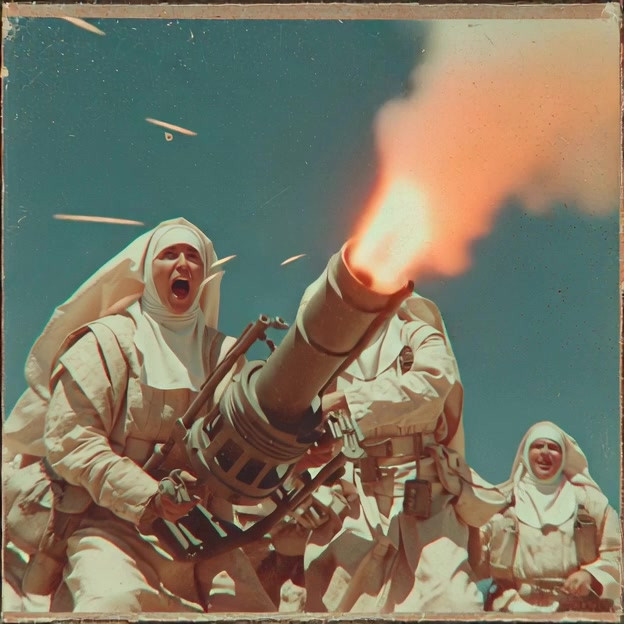HOME | DD
 Azrael-TH — Ww2-soviet-v4-armor-group-9-frame
Azrael-TH — Ww2-soviet-v4-armor-group-9-frame

#armor #army #military #redarmy #soviet #t34 #tank #ussr #ww2
Published: 2022-01-17 15:47:45 +0000 UTC; Views: 1993; Favourites: 3; Downloads: 0
Redirect to original
Description
By the fall of 1943, the Red Army was able to liberate significant parts of the Soviet Union and push Axis forces to the Dnieper River where the Germans had built the famous Ostwall defensive line.The german high command were confident that Allies coming from the east wouldn‘t be able to penetrate these defenses, however the Soviets succeeded in breaching the defensive line in several places, and they even cut off Crimea from the main Axis forces. The next important battle would be fought over the city of Kiev, the capital of Ukraine.
The Red Army crossed the Dnieper River south of Kiev under cover of smoke screens. They created the Bukryn bridgehead, but the Soviets had supply difficulties due to their destroyed railway network. The Germans were able to rush in reinforcements and contain this breach of the Ostwall.
Partisans operating in the rear were ordered to create hell in the area, which made it clear to the enemy that the Soviets wanted Kiev back. The German army deployed 30 divisions in and around Kiev; seven of them were tank divisions, and two were motorized divisions.
The 1st Ukrainian Front’s commander, Army General Nikolai Fyodorovich Vatutin, focussed on the Lyutezh bridgehead north of Kiev. Dummy tanks were built in the Bukryn bridgehead to fool the enemy. In addition, forces were moved to the Lyutezh bridgehead,
The Second Battle of Kiev (the First Battle of Kiev was fought in 1941) started on November 3, 1943, with a massive two-hour-long artillery barrage undertaken by over 2,000 howitzers and mortars, including Czechoslovak 122mm howitzers and over 500 Katyusha rocket launchers. The effect was to create an inferno in the six-kilometer (almost four-mile) wide enemy lines. The Red Army was struggling in its advance, but they managed to expand the bridgehead.
After liberating Vyshgorod, the red army were nearing the edges of the city of Kiev. Their goal was to advance through five checkpoints, annihilating enemies on their way, and liberate the Main Railway Station in Kiev.
While the Soviets were fighting their way into the center of Kiev, tanks of Lieutenant General Pavel Semyonovich Rybalko were clearing areas west of the city. This unit was trying to meet up with other Red Army forces advancing from the south in the hope of cutting off those Germans who remained inside Kiev. The most difficult task was to capture the Bolshevik Heavy Machinery Factory west of the city center. Fighting continued over the Kiev Film Studios, the Kiev Zoo, and the Main Railway Station. The sound of detonations could be heard all over the city because the Germans wanted to damage as many buildings as possible before leaving. When the Soviets reached the main road between Kiev and Zhytomyr, the Germans gave the order for remaining units to start leaving Kiev.
The Red army continued their advance towards the Dnieper River and after reaching the Khreschatyk main street in Kiev, they secured the Pechersk Lavra Monastery and reached the river. Kiev was liberated on the morning of November 6, 1943.
The Red Army managed to destroy 60% of the strength of 12 German divisions amounting to 186 enemy tanks, 38 self-propelled guns, and 78 planes. The Army also inflicted around 20,000 casualties on the enemy.




















